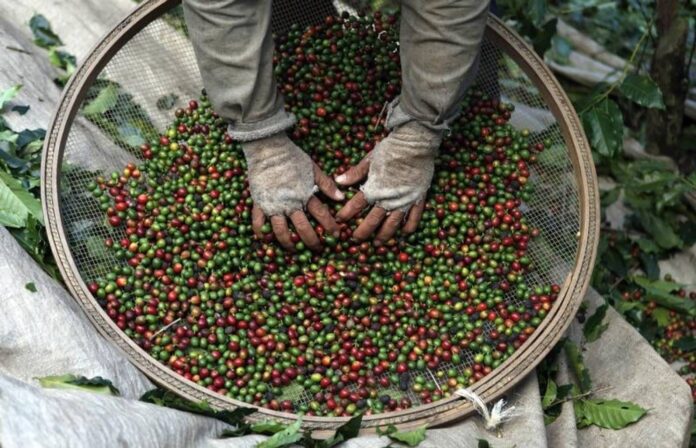THE RESISTANCE of the domestic coffee crop is being assessed for its ability to withstand pests and diseases by the Department of Science and Technology (DoST) and University of the Philippines–Diliman.
The two institutions have partnered on a project that will create a detection system for such threats to coffee growers, the DoST said.
The project hopes to identify the coffee varieties most susceptible to the various threats as well as the varieties which are most resistant.
Project funding will come from the DoST’s Philippine Council for Agriculture, Aquatic and Natural Resources Research and Development (PCAARRD).
According to PCAARRD, the detection system will seek out molecular markers that will facilitate resistance screening of coffee varieties.
“The project is expected to aid in avoiding the distribution and planting of affected coffee plants that may cause more losses to coffee farmers,” PCAARRD said in a recent statement.
“Through this, the project team hopes to strengthen the coffee industry and help in rehabilitating the coffee farms in Batangas and Cavite that were destroyed by heavy ashfall during the eruption of Taal volcano in 2020,” it added.
Ernelea P. Cao, the project leader, said coffee production is hindered by the berry borer pest and coffee leaf rust disease.
“A detection system will benefit our coffee growers, farmers, and researchers who can use the kit to identify the susceptible coffee varieties,” Ms. Lao said.
The Philippine Statistics Authority estimates that dried coffee berry production in the second quarter dropped 0.3% year on year to 5,866.16 metric tons (MT).
Robusta coffee was the most produced type, accounting for 56.6% of total production, followed by Arabica coffee at 30.2%, Excelsa coffee 12.5%, and Liberica coffee 0.5%.
Soccsksargen (South Cotabato, Cotabato, Sultan Kudarat, Sarangani, and General Santos City) was the top coffee-producing province, with output of 30.7% of the national total or 1,800.92 MT. — Revin Mikhael D. Ochave

